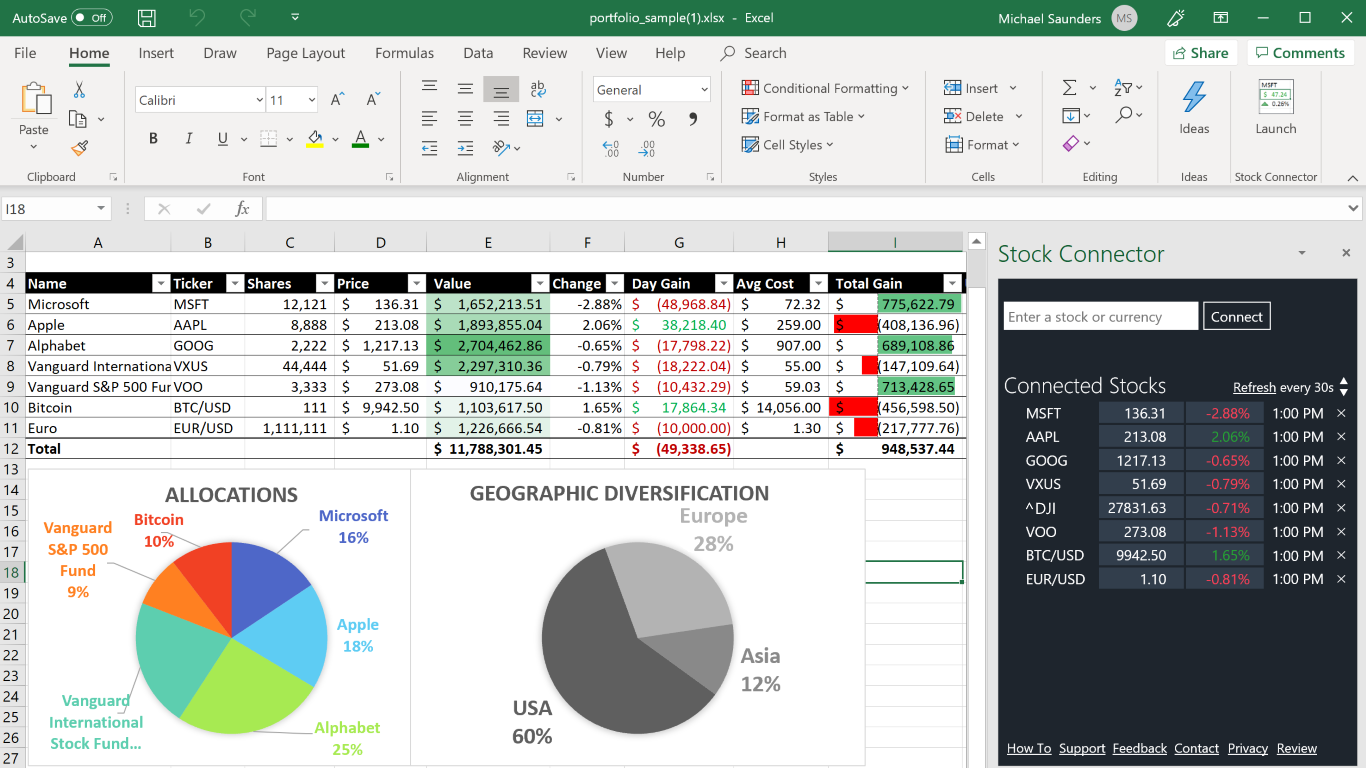

If a percentage value is used in a formula, its decimal number version is used. If you format a cell that already contains a value, the value is assumed to be a decimal and is converted to a percentage. For example, if you change the format of a cell from a percentage to a decimal, the number of decimal places displayed doesn’t change.Ĭlick the Data Format pop-up menu, then choose Percentage. You can change this setting so that all cells display the same number of decimal places.Ĭhanges to decimal settings apply to both percentages and numbers in a selected range of cells. Use accounting-style negative numbers: Select the Accounting Style checkbox to display negative values within parentheses.Ĭlick the Currency pop-up menu, then choose a currency symbol, such as US Dollar ($).īy default, cells formatted as percentages display as many decimal places as you type in them. You can change this setting so that cells display as many decimal places as you type in them, or so that all cells display the same number of decimal places.Ĭlick the Data Format pop-up menu, then choose Currency. In the Decimals field, type the number of decimal places you want displayed, or choose Auto to display as many decimal places as you type.īy default, cells formatted as currency display two decimal places. Scientific: Displays numbers in scientific notation. Choose an option from the Accuracy pop-up menu to specify the maximum number of digits you want displayed, or to round the value to the nearest half, quarter, and so on.

Show the thousands separator: Select the Thousands Separator checkbox.įraction: Displays numbers with a numerator and a denominator. Specify how negative values appear: Click the pop-up menu to the right of the Decimals field and choose an option. For example, if the value in the cell is “5.75” and you set the number of decimal places for the cell to 0 (zero), Pages displays “6.”ĭisplay as many decimal places as you type in each cell: Delete the number in the Decimals field, or click the Decimals down arrow until you reach the Auto setting. Pages rounds the display value instead of truncating the display value. Set the number of decimal places: In the Decimals field, type the number of decimal places you want to display. Number: Displays standard number formatting. In the Format sidebar, click the Cell tab.Ĭlick the Data Format pop-up menu and choose an option: Select the cells or table you want to format. For example, if you change a number in a cell to a percentage, the number of decimal places displayed doesn’t change. You can change this setting so that all cells formatted as numbers display the same number of decimal places.Ĭhanges to decimal settings apply to both numbers and percentages. For example, if you have a table of prices, you can add a currency symbol (for example, a dollar sign $) to cells by formatting them as currency, then selecting the symbol you want.īy default, cells formatted as numbers display as many decimal places as you type in them. You can change a cell’s format even if you already typed content in the cell. When a formula refers to text in a cell, the displayed value is used in the calculation. The actual value entered is always used in calculations, regardless of how many decimal places appear in the cell. You can also choose how many decimal places appear in cells that contain numbers, currency units, or percentage values, even if the exact value entered in the cell is more precise than what you want to show. The cell format determines how data in the cell appears and how cell data is recognized by formulas that refer to that cell. You can format table cells to display text, numbers, currency, percentages, date and time, and durations denoting a span of time (for example, “3 weeks 4 days 2 hours”). Format dates, currency, and more in Pages on Mac


 0 kommentar(er)
0 kommentar(er)
